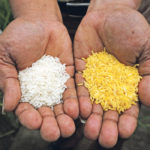Examples of biofortification projects include:
The potential for crop breeding known as biofortification to direct specific nutrients to people who need them the most is “huge,” but it will take a worldwide effort among many organizations to make that happen, says Adam Heurberger, assistant professor of horticulture and landscape agriculture at Colorado State University. Biofortification involves breeding plants with high […] Read more Crop Management
Crop Management
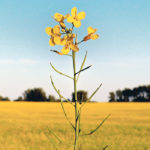
Ban on transfats won’t boost canola much
Dave Dzisiak said there is still room to increase the demand for high oleic oils but it is going to be a tougher slog from here on out. Health Canada recently implemented a ban on partially hydrogenated oils, the largest source of industrially produced trans fats in foods. To the casual observer that would seem […] Read more

Mini-DOT captures imaginations in a smaller, Lego sort of way
Using the latest in recreational-Lego technology, an Alberta boy builds on cutting-edge autonomous farm technology
CALGARY – The imagination of a farm machinery builder might be surpassed only by that of a kid. Seedmaster founder Norbert Beaujot once dreamed of farm machinery rolling about a field with no one to drive — just working away, efficiently and reliably. The result was the 2017 debut of the DOT, autonomous field platform. […] Read more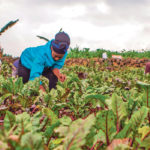
Africa entices youth to farming with technology
RULINDO, Rwanda (Reuters) — Marie Chantal Akingeneye has had no source of manure for her fruits and vegetables since she lost her only cow to an unknown illness, but she hopes a new phone app could help. After attending a training session by the United Nations, which developed the technology, she thinks the app will […] Read more
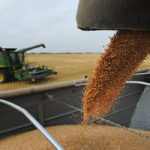
Ag Canada raises wheat stocks projections, lowers canola
Canadian wheat ending stocks for 2018/19 (Aug/Jul) will be slightly larger than earlier thought, according to updated supply/demand tables from Agriculture and Agri-Food Canada. Meanwhile, the carryout projections for both canola and peas were revised lower in the latest monthly report, released Dec. 20, 2018. Taking into account the adjusted production estimates from Statistics Canada, […] Read more
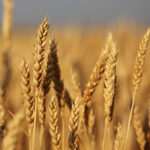
2019 good year for Prairie spring wheat, not so much for durum
While spring wheat prices in Western Canada enjoyed a strong year, durum prices weren’t so lucky. Heading into 2019, spring wheat prices could fall victim to increasing global wheat acreage, while durum prices will need to see acreage fall. When looking at data from the PDQ (Price and Data Quotes) Canadian Western Red Spring (13.5 […] Read more
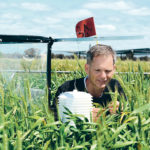
Breeders help wheat beat the heat
Wheat is a cool season crop with an optimal daytime growing temperature of 15 C during the critical reproductive stage. Here on the Prairies, we can see 30 C during this stage. Eighty percent of wheat plants exposed to 30 C during a three-day period around anthesis had abnormal anthers, both structurally and functionally. For […] Read more

Gene discovered to help plants control disease
Scientists at the University of Edinburgh have discovered a gene that helps plants control how they respond to disease. If scientists can fine-tune how the genes are expressed, it could lead to infection-resistant crops. Plant diseases are a leading cause of crop losses worldwide and, together with pests, account for about 40 percent of lost […] Read more
Crops tested in semi-arid conditions
Planting a mixture of forage species may increase productivity on tame pastures. The concept of multiple species is not new but past trials were conducted in higher moisture areas, so researchers at Agriculture Canada’s Swift Current research centre decided to try forage mixes in a semi-arid environment. The results were mostly favourable but also showed […] Read more
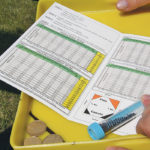
Canola seed loss similar to leaving money on the ground
A 2013 survey of canola losses at harvest showed a range from two to eight percent, according to Canola Council of Canada agronomy specialist Angela Brackenreed. A 2014 study had an even higher number. It estimated losses of up to 10 percent. That’s a lot of money left on the ground. It’s true that canola […] Read more

 Crop Management
Crop Management